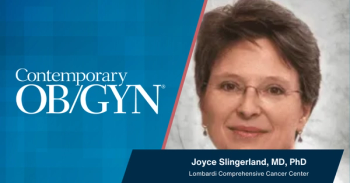
Differences in Cervicovaginal Microbiota May Indicate Preterm Birth
DNA analysis of vaginal swabs shows that cervicovaginal microbiota differs in the late second and early third trimester in women destined to have a preterm birth.
The cervicovaginal (CV) microbiota differs in the late second and early third trimester in women destined to have a preterm birth, reported researchers today at the Society for Maternal-Fetal Medicine’s 34th annual meeting, The Pregnancy Meeting™, in New Orleans.
The study tested vaginal swabs from pregnant women in the late second trimester (20 to 24 weeks) and early third trimester (24 to 28 weeks of pregnancy), and compared the CV biospecimens of women who ultimately had a preterm birth to those who had a term birth.
"If differences in the CV microbial communities are confirmed, then new and exciting therapeutic strategies will emerge to prevent preterm birth."
- Michal Elovitz, MD
Using DNA obtained on those swabs, the microbial communities were characterized by community state types (CSTs) using state-of-the-art technology. CST I are dominated by Lactobacillus crispatus, traditionally considered a beneficial bacteria. CST III are dominated by Lactobacillus iners, and CST IV are dominated by anaerobic bacteria normally considered to contribute to the condition of bacterial vaginosis.
“We compared the proportion of CSTs in the women who ultimately had a preterm birth to those who had a term birth,” said
Dr Elovitz, director of the Maternal and Child Health Research Program at the Perelman School of Medicine at the University of Pennsylvania, said that further research is required to find out how these different microbial communities contribute to preterm birth.
“This study is the first to report such key differences in the CV microbial communities weeks prior to preterm birth. If differences in the CV microbial communities are confirmed, then new and exciting therapeutic strategies will emerge to prevent preterm birth.”
With funding from the National Institute of Nursing Research, Dr Elovitz confirmed that the team of researchers on this study is currently pursuing a large prospective cohort to further understand the role of CV microbial communities in preterm birth.
Newsletter
Get the latest clinical updates, case studies, and expert commentary in obstetric and gynecologic care. Sign up now to stay informed.










